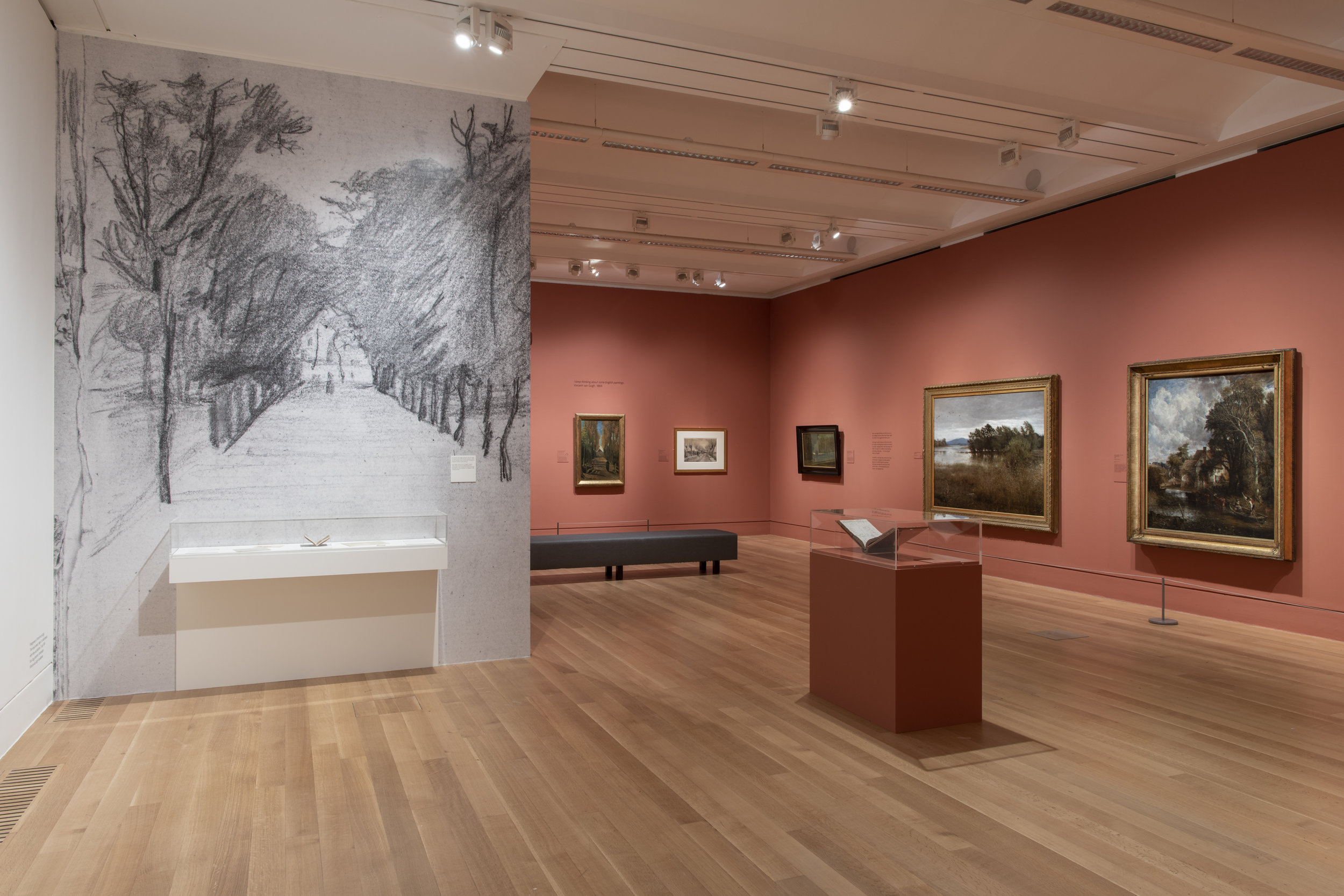Vincent’s London Art Seen
Vincent van Gogh (1853–1890)
Self-Portrait 1889
Oil paint on canvas, 572x 438mm
National Gallery ofArt, Collection of Mr. and Mrs. John Hay Whitney
Vincent van Gogh was my first ‘favourite’ artist. As an early teen I delighted in his colours and expressive brushstrokes which I saw in London, Amsterdam and Paris. I loved his chair, his flowers, his skies, even his tidy bedroom. Fast forward several decades to late March 2019 when I venture into the exhibition,Van Gogh and Britain, currently on at Tate Britain.
https://www.tate.org.uk/whats-on/tate-britain/exhibition/ey-exhibition-van-gogh-and-britain
As I enter the exhibition, I’m immediately aware that I will have to be patient as it’s crowded, very crowded. With a business very much about London and art, it’s wonderful to see how much the city influenced Vincent as a person and as an artist. Arriving in 1873 aged just 20 Vincent immersed himself in the capital, albeit for a couple of years. He worked for the Dutch art dealers Goupil in Covent Garden which enabled him to walk through London exploring the art and culture it offered. Dulwich Picture Gallery’s Visitor Book with Vincent’s signature on 4 August 1873 is included almost as evidence that he was visiting museums and galleries whilst in London.
Dulwich Picture Gallery’s Visitor Book with Vincent’s signature, 4 August 1873
87 Hackford Road, an ordinary 19th-century terraced house in Brixton was his first home in London. As such, recently bought by an Anglo-Chinese family, the house is being renovated and will soon open as a centre for artists-in-residence, with bi-weekly tours.
Vincent loved London and so the first half of the exhibition looks at his experience in London. The second focuses on the impact he had on British artists up to the 1950s. The exhibition asks us to see ‘British culture through his eyes’ as well as to ’see him through the eyes of the British artists he inspired’.
Installation views (c) Tate photography (Joe Humphrys)
John Everett Millais Chill October 1870
I’m immediately struck by how much Vincent loved reading, especially English authors such as Charles Dickens. It’s nice to be presented with the historical and social context of London for him but I’m also able to see new things about Vincent including the influence of the Pre-Raphaelite artist John Everett Millais and his painting Chill October of 1870. To me, the painting seems very unlike the Millais and Van Gogh I know but we discover that Vincent never forgot meeting Millais in the street and mentions the painting often in his letters. Vincent also liked Whistler’s etchings of the river Thames and I am taken by the atmospheric stillness of Nocturne: Grey and Gold Westminster Bridge c. 1871-1872 compared to his famous pulsating and rhythmic Starry Night Over the Rhône .
James Abbott McNeill Whistler Nocturne: Grey and Gold Westminster Bridge c. 1871-1872
Vincent van Gogh Starry Night Over the Rhône 1888
Vincent van Gogh (1853–1890)
The Prison Courtyard 1890
Oil paint on canvas, 800 x 640 mm
© The Pushkin State Museum of Fine Arts, Moscow
There’s some really wonderful works in this show and it’s fascinating to see how British artists have been inspired by Vincent van Gogh especially in the 20th century. For example, who’d have thought a Dutch artist could inspire a revival in flower painting with modern British artists. David Bomberg’s dramatic, colourful self-portrait sits powerfully in the last room.
It is, however, Vincent’s works I spend the most time on. His prison scene (inspired by his walks and Dickens’s accounts of prisons - we also learn that Vincent later collected prints of prisons), his shoes and his vibrant and expressive self portraits. There is also a clip from Lust for Life from 1956 with with Kirk Douglas. This prompts me to add Loving Vincent (2017) and At Eternity's Gate (2018) to my current list of films to see.
Although Vincent van Gogh only lived in London for a couple of years, this time clearly shaped him and stayed with him for his whole life. In the context of an exhibition at Tate Britain, it is his connection to Britain that is presented. It enabled me to see Vincent in a new light (and colour) which I was not expecting. Vincent’s London Art Seen gets a thumbs up from London’s Art Seen.
Vincent van Gogh (1853–1890)
Shoes 1886
Oil paint on canvas, 381 x 453 mm
Van Gogh Museum, Amsterdam (Vincent van Gogh Foundation).
Vincent van Gogh (1853–1890)
Self-portrait 1887
Oil paint on canvas, 470 x 350 mm
Paris, Musée d'Orsay
© RMN
Van Gogh and Britain, Tate Britain, 27 March-11 August 2019.
The Van Gogh House has tours from May/June 2019.
Lust for Life from (1956) https://www.imdb.com/title/tt0049456/
Loving Vincent (2017) https://www.imdb.com/title/tt3262342/
At Eternity's Gate (2018) https://www.imdb.com/title/tt6938828/










